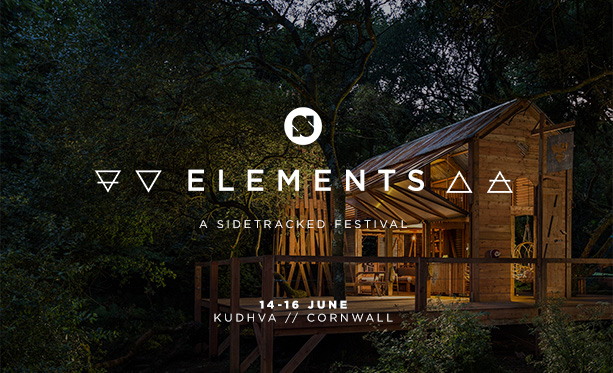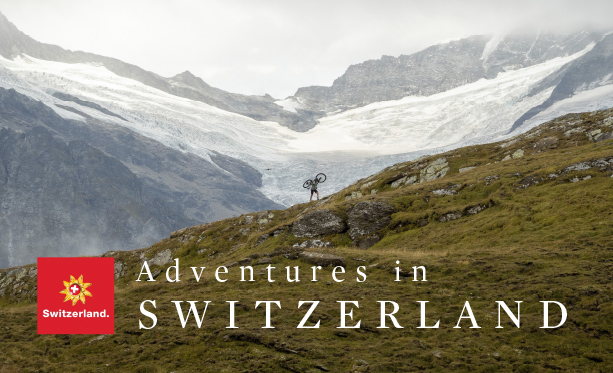Life Lessons from the Amazon
Inspiration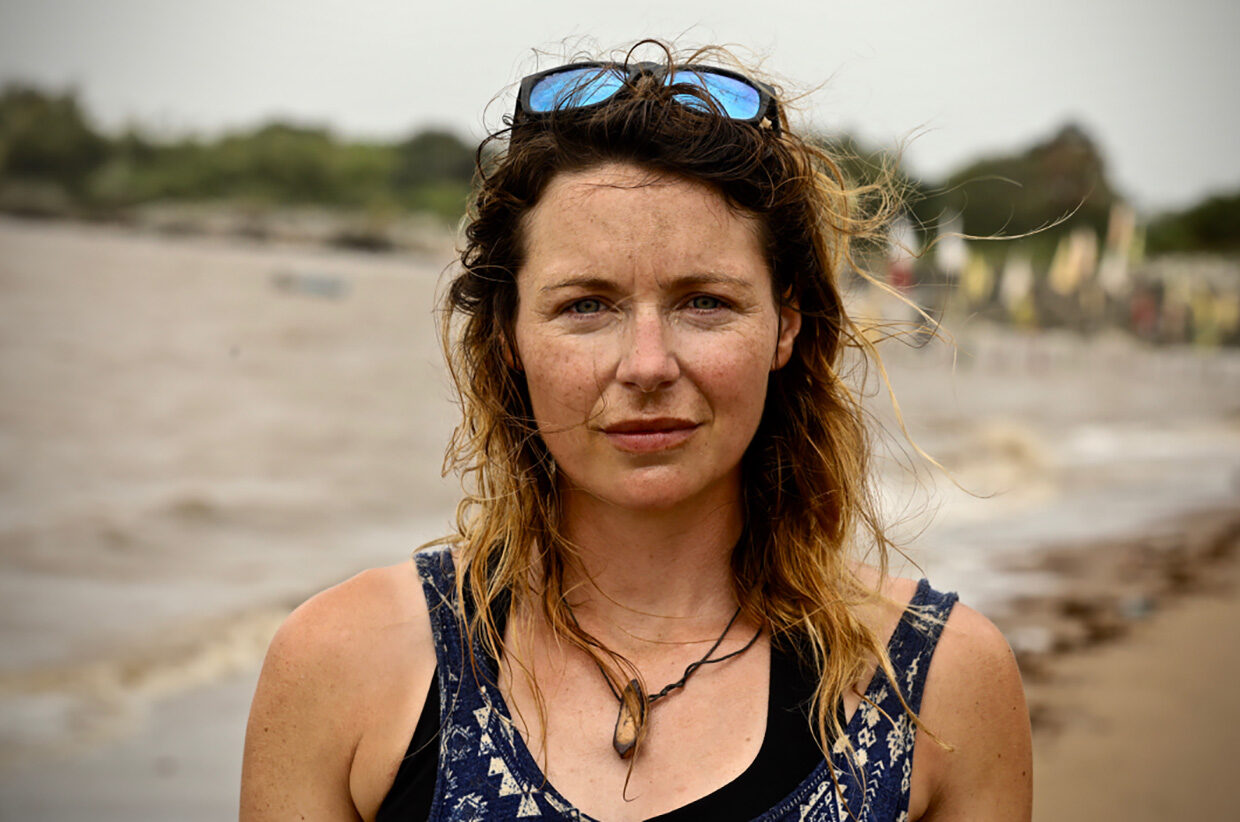
In conversation with Pip Stewart on paddling the Essequibo River
Written by Alex Roddie // Photography by Jon Williams
‘It’s like anything – I think that humans are good at adapting, and I’m not the bravest person, not a chest-beating “I can do anything” sort of person. I was really scared! But you do just crack on and get used to it.’
We chat with Pip Stewart about her book, Life Lessons from the Amazon, on paddling the Essequibo River, flesh-eating tropical diseases, and moving away from neocolonialism in adventure.
Sidetracked: Why did you decide to do this particular trip, and what were the objectives that you set out with? Tell us about the process leading up to starting the journey.
Pip Stewart: This particular trip came about through Laura Bingham, who was looking for an all-female team to do a world-first source-to-sea expedition. She’s married to Ed Stafford, who was the first person to walk the length of the Amazon River, and he’d done an expedition – or was filming, I think – in Guyana. No-one had done a source-to-sea descent of the Essequibo River, and I think it sparked an idea in Laura.
I first met Laura at an adventure festival, and we got to know each other over changing her son’s nappy. That was quite a bonding moment, and I think she saw me and thought, ‘Hang on, if this woman’s prepared to change my son’s nappy then she might be all right on expedition.’ I think that’s what qualified me more than anything else.
I also didn’t know Ness Knight well at the start of the expedition. I’d seen her on social media, and you never know on social media, do you, if people are going to be as they come across – but I liked her online. Ness and Laura are best mates, and I thought, well, best-case scenario I come out with two friends, worst-case scenario I wasn’t that close to them in the first place, so it doesn’t really matter! I was definitely the third wheel, and I was aware of that, but I saw it as an opportunity to get to know two women who I thought I’d get on really well with. And turns out I did, actually.
When Laura came up with the idea for the expedition I was an adventure editor at Red Bull and I’d probably been spending far too much time behind my desk writing about other people’s adventures. I love the jungle, I’ve done a documentary looking at deforestation in the Amazon before, so I was keen to get back to that environment, and it was also a chance to explore a part of the world that very few people had ever been to. No-one knew exactly where the source was. It’s a bit of a mystery, but we were lucky that we had the Wai Wai indigenous community to help us. Seven Wai Wai guides accompanied us on the journey. Our starting point was asking our guides where they thought the source was, and we took it from there.
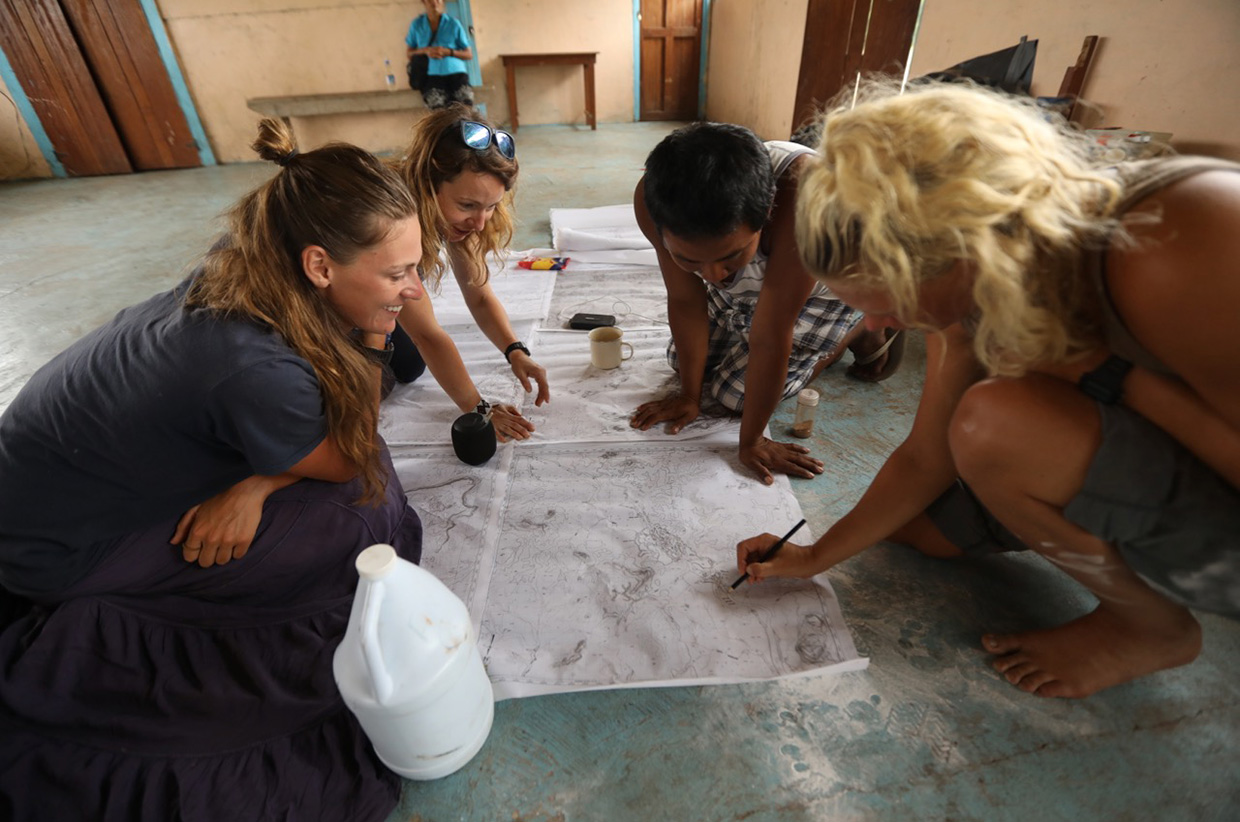
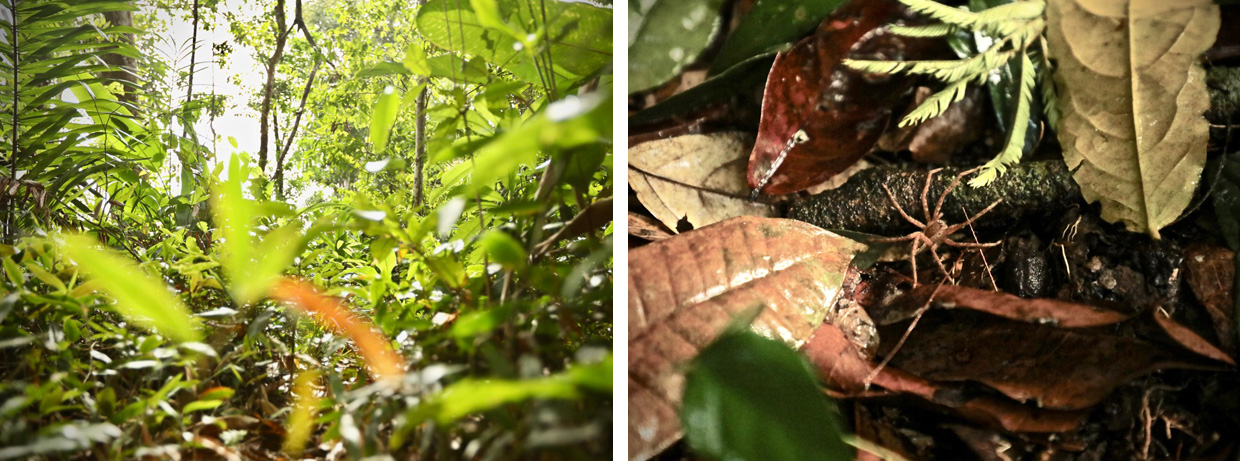
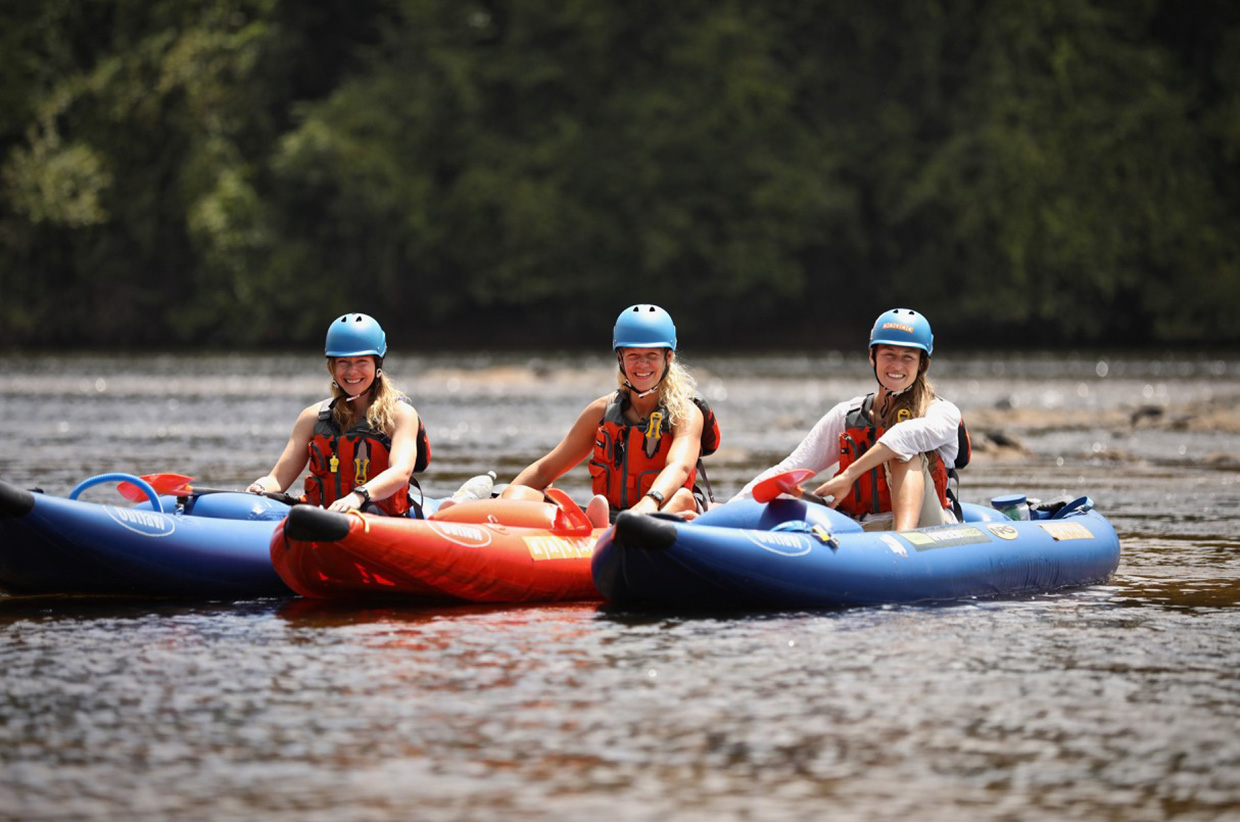
I’m interested in the Wai Wai people that you met and who assisted you throughout. What did you learn from them, and what do you think they learned from you?
Every night we’d sit down and I’d ask the entire team about the highlights of the day. This was an interesting exercise because you start to see how people think differently, whether it’s me, Ness and Laura, or Nigel, Cemci, Jackson, Nereus, Aaron, Ant, and Romel. Nigel – the youngest, he was 16 – kept saying to me, ‘Pip! You’re a master of technology. I watch your thumbs move as you type!’ In return he asked me to teach him the longest words I knew. So I said discombobulated and iconoclastic, which was probably a fair summary of my time in the jungle.
As we walked through the jungle our guides would point out what plants did what, what to avoid, and honestly if it weren’t for having them with us we’d be dead in the jungle. We had done as much as we could before setting off, but we were not experts in that environment.
I remember at one point Nigel and I were sitting on a log, and he was teaching me how to plait a palm leaf into a basket. I said, ‘Nigel, are we not going to get eaten by a jaguar?’ And he said, ‘No, listen to the birds. If the jaguar is coming closer, birds will tell you.’ That may sound like an obvious thing, but if you’re not tuned into the environment it can be a lot less obvious.
As for our other guides, I think about Cemci especially, the oldest, in his sixties. He was super interested in tech. Our journey was a sharing of ideas, and the Wai Wai were as keen to learn about what we were bringing to the expedition as much as we were about the jungle environment.
Do you think you became more attuned to the jungle environment as the expedition went on?
For the first three weeks, I was constantly asking myself what on earth I was doing there. The jungle comes alive at night – it’s this cacophony of noise, and you’re lying in your hammock thinking what the hell am I doing? Howler monkeys sound prehistoric! Initially it was terrifying, but you begin to pick up on what’s a threat and what’s not. By the end of the trip I was a lot more comfortable in the environment.
It’s like anything – I think that humans are good at adapting, and I’m not the bravest person, not a chest-beating ‘I can do anything’ sort of person. I was really scared! But you do just crack on and get used to it.
In terms of what we can do, I think it’s more about being aware as consumers. I think it’s about understanding more about where the things you buy are being sourced from, but it’s also about avoiding treating these issues in binary ways, and approaching them from a human level first.
What evidence did you see of the threats being faced by the Amazon region, and what do you think the future looks like? How can the world help?
We started in this pristine wilderness near the source of the river, and as we began our descent to the Atlantic Ocean we saw the slow creep of humanity. Suddenly we started seeing gold mining and we could no longer drink water or bathe so much because we were warned about mercury poisoning. It changed the whole way we interacted with the river, to go from it being our life source to something that could potentially end it due to human impact.
In terms of what we can do, I think it’s more about being aware as consumers. I think it’s about understanding more about where the things you buy are being sourced from, but it’s also about avoiding treating these issues in binary ways, and approaching them from a human level first.
We relied on the miners for fresh water, and previously I’d been seeing things in a bit of a black-and-white way – mining is bad, and overall I still believe that. However, we were sitting outside a mine belonging to a man called Terrence, who was in his sixties. And he said, ‘Yeah, Pip, I get that this mining isn’t great for the environment, but what do you expect me to do? You’re sat on my pension. I ploughed all my money in the world into this.’ And I replied, ‘Well, what about retraining?’ He said, ‘I’m close to retirement. What can I do here?’
I think we need to have more global solutions, and we need to understand that these issues are human issues. It’s about where we choose to put our money, checking that our materials are ethically sourced. You could ask whether we should even be travelling. This journey made me question so much, and I have more questions now than I do answers.
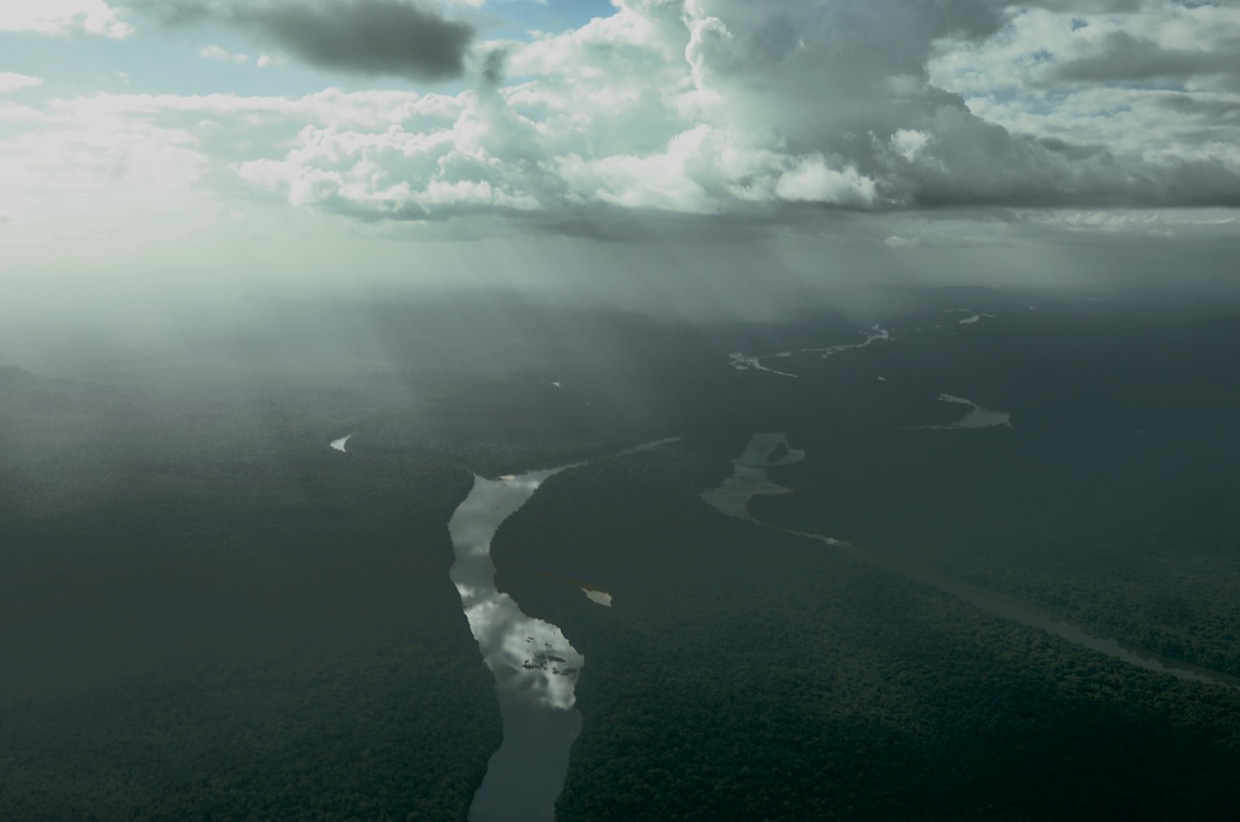
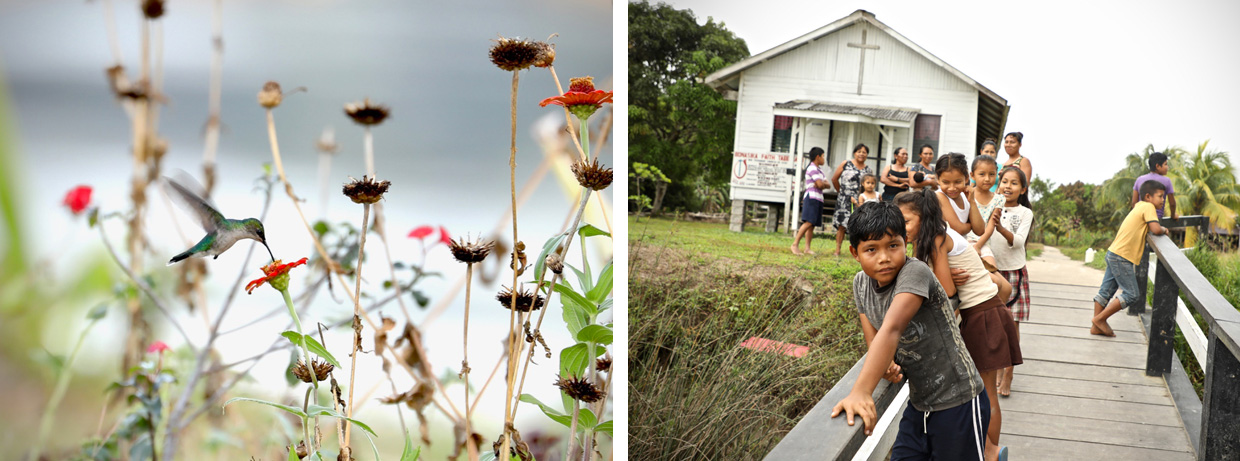

So, moving on to the flesh-eating disease you contracted on the expedition! I’m sure you’ve been waiting for me to ask about this. Leishmaniasis – have I got the pronunciation right? Tell us about your experience with it. Also, you describe it as a neglected tropical disease – what do you mean by that?
I got back from Guyana, and there was this little bite on my neck that was slowly getting more crusty. Then the crust would fall off, and there was a deep crevice filled with pus. It started to smell. So I went to the hospital for tropical diseases, and they diagnosed me with leishmaniasis.
The reason why it’s a neglected tropical disease is that most people who get it are poor and live in remote areas. Simply put, there’s no capital incentive for drugs companies to do anything about it. This means that the treatment options are super-limited and date from about the 1950s – it’s a very aggressive form of chemotherapy. I was pumped full of this toxic medicine for three weeks, and I’d never felt more achy. My liver and heart functions were being monitored, because they can pack up on this drug. It was horrendous, but I was so lucky, so privileged, because I was getting treatment for free on the NHS.
I messaged Fay, a wonderful woman who joined us halfway along the expedition and who also had leishmaniasis. I asked her how she treated it, and she said that she put burning cow fat into her skin to clean out the parasite. There’s no way of telling whether these parasites have gone or whether they’re still lurking in the body.
In 2021, our options are burning cow fat or outdated chemo, and yet this is an issue that impacts 98 countries – over a billion people! It’s the second-biggest parasitic killer after malaria. Most of these people don’t have access to the media, though, or treatment, and as a result it’s totally neglected. The vast global health inequality I learned about as a result of my experience was more scary than anything I encountered in the jungle.
Would you say this experience changed your perspective on privilege?
If you’re white and you’re privileged you often don’t even realise that you’re privileged. I had a really big wake-up call. Social media was a huge part of our journey, and it is wonderful, but it can be a double-edged sword. I realised that I was posting selfie after selfie, and someone I really respect and admire called me out. She said, ‘What you’re doing is at best neocolonial and at worst racist.’
My first reaction was shame and embarrassment – classic white fragility, a massively unhelpful reaction! And then I really thought about the comment, and as a writer from the global north with a platform, the way I presented things was through my own lens. I really took that to heart, and I completely changed how I use social media. I apologised for not showing enough of my guides or giving them a platform for sharing their stories, and it really made me think.
I guess when you’ve got eight hours in a kayak you see all sides of yourself! This trip also brought me into the darker side of myself, the ego, the narcissism, using privilege in unhelpful ways. I found myself asking if maybe I was meant to get leishmaniasis because it sparked a whole different path, and hopefully I can do more good in the world.

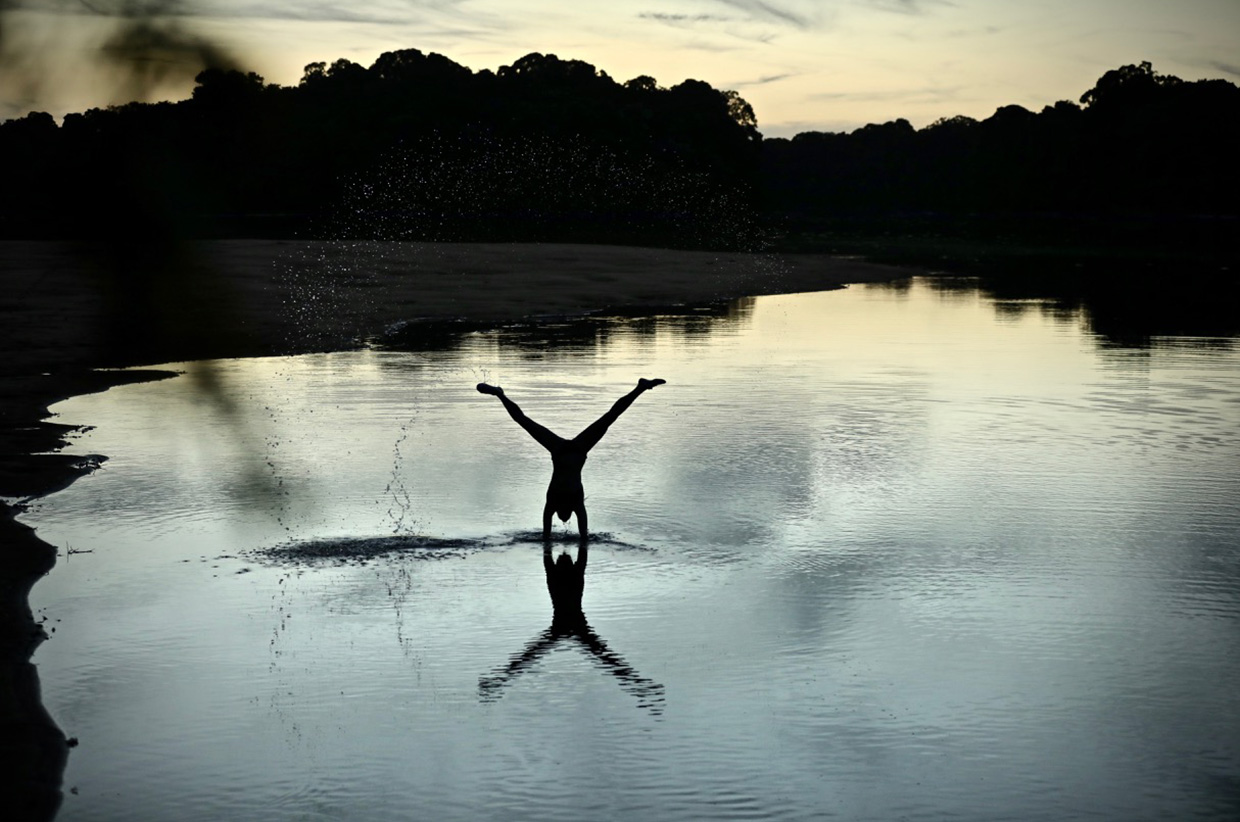
Thinking along those lines, would you like to see the world of travel and adventure change? There can still be that element of neocolonialism, and people are not always conscious of it – even with the best will in the world. What change would you like to see?
This is the point about privilege and racism: they’re inherent in so many of our structures that we don’t even realise. Who has the privilege to travel, where are you spending your money, do the people in the country you’re going to want you there? There are so many layers to unpack and I have to admit I had not thought about all this hard enough. The adventure community in general is beginning to discuss this stuff, and rightly so. The era of flag-planting is coming to an end – exploration in itself is deep-rooted in colonialism.
It’s about trying to balance the wonder of travel and the connection it brings with an awareness of where the problems may be, and also it’s about recognising that you’re not always going to get it right. I have still got things to learn, and I’m still getting things wrong! It’s not about shying away from that, it’s about addressing it head on and trying to learn and grow. That’s how change is going to happen.
Tell us about your new book, Life Lessons from the Amazon.
It does what it says on the tin, telling the story of everything that I learned from this journey. A guide to life by adventure, in a sense! It’s out on September the 9th. I’m mildly terrified – bringing a book into the world is similar to doing the adventure itself, I think, but I’m looking forward to it as well.
What’s your next adventure? Anything big planned?
I’ve become a mum since doing this expedition, and one of the things I wrote in my book is that it’s often the little things in life that are really the big things. You don’t need to travel halfway around the world to realise that. That’s especially true if you have a young human, because they’re constantly stopping to look at rocks or ants or whatever takes their interest. I’m in the Alps at the moment, and it’s amazing travelling with Willow, my little one, because it opens up a whole different way of travelling – children attract a lot of people! So I suppose that’s our next adventure as a family, doing more family travel and family adventure.
I’d love to do more long-distance walks, but probably won’t be kayaking down a river, let alone a jungle-based river, any time soon. I think that I was lucky to come out of that one alive, let’s put it that way. I haven’t given up on the world of adventure, though. I absolutely love it, and I think it’s the most life-affirming thing. This journey has shown me that life is so fragile, life is beautiful; we just have to embrace it.
Life Lessons from the Amazon by Pip Stewart is out on 9th September 2021 from Summersdale Books (£9.99).
After contracting leishmaniasis, Pip now campaigns to raise awareness of neglected tropical diseases. When not writing, she can usually be found outside with her partner, Charlie, and daughter, Willow.
Instagram: @pipstewart
Twitter: @Stewart_Pip
Website: phillippastewart.com
Facebook: /PipStewartAdventure
Written by Alex Roddie // @alex_roddie. Photography by Jon Williams // @jon_w



